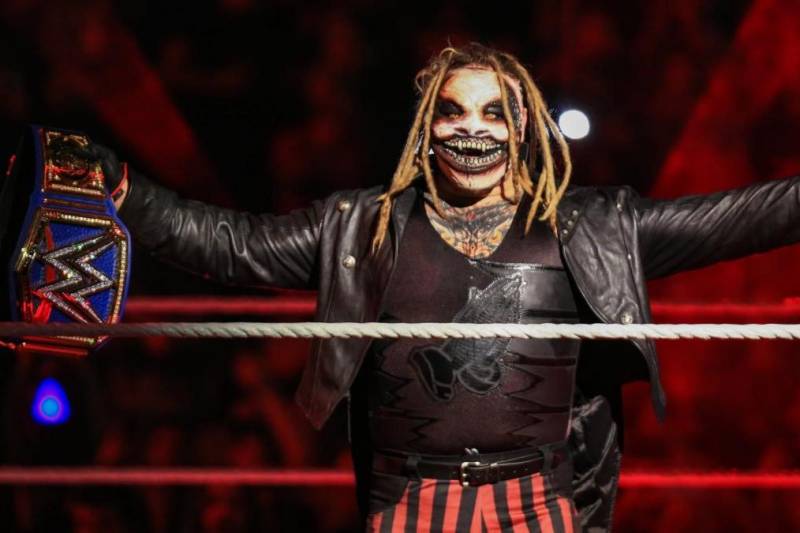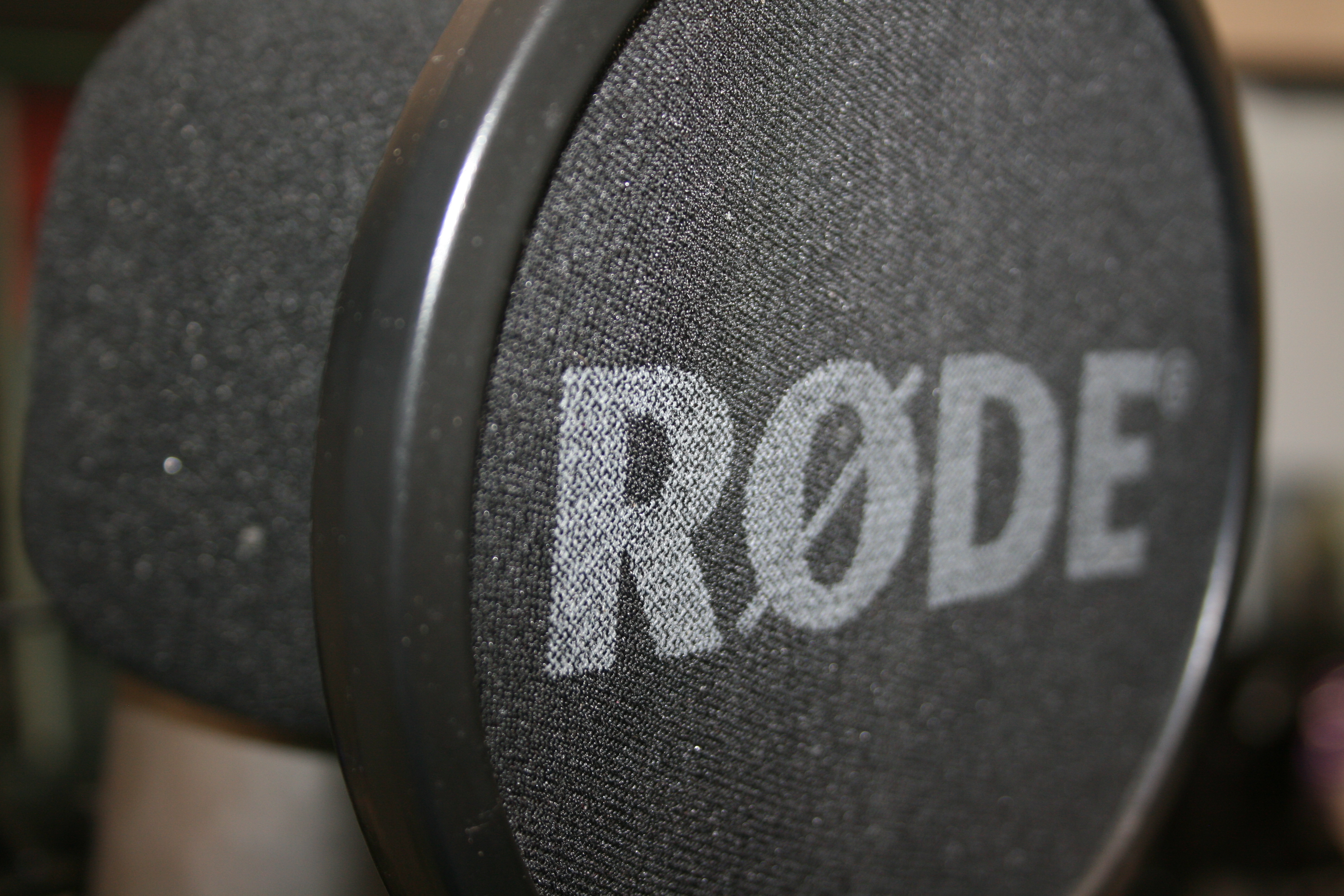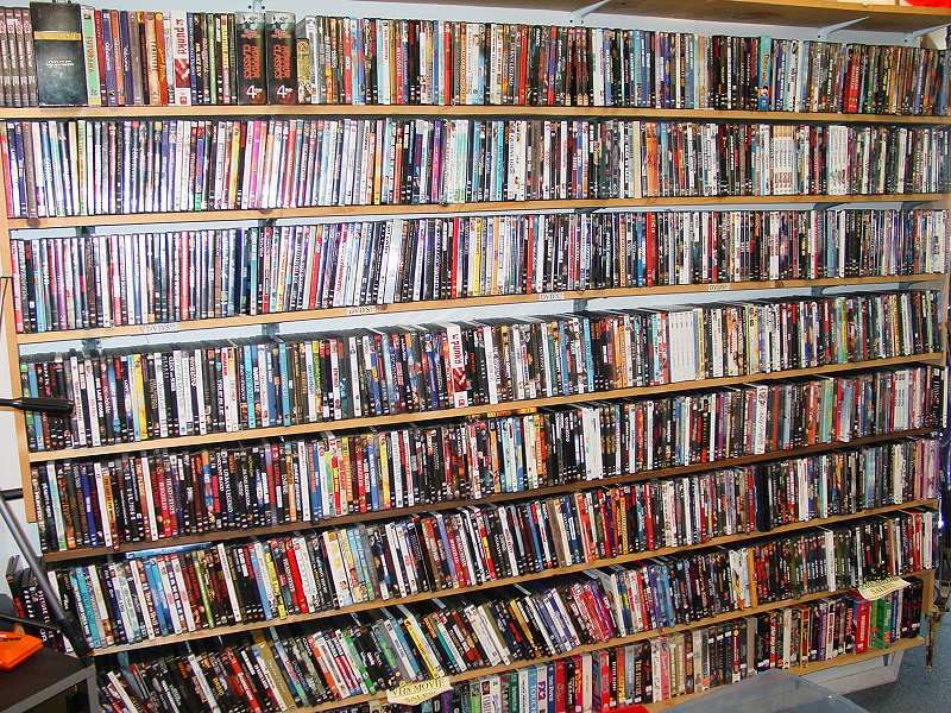“I hate to say this because it’s been said a lot, but he’s a once in a generation type of character, that can transcend over. I mean, he’s been a top guy since he’s become Bray Wyatt, whether it’s just promos, and again, he’s a third-generation wrestler, it’s built and ingrained in him.”
Tommy Dreamer on Bray Wyatt, the Fiend
Lately Bray Wyatt has had a resurgence in WWE on par with David Bowie. Just like Bowie launched Ziggy Stardust upon an unsuspecting public in 1972, Wyatt has tapped into the very subconscious of the most frustrated and critical fan of his medium, discovering something which makes them pay attention. After a rather mediocre mid card run alongside Matt Hardy as part of the ‘Deleters of Worlds’ it had become apparent that Wyatt had somewhat stalled in his luster. A self-imposed exile followed, partially caused by injury but also to give Wyatt time to finalize his real life divorce and also prepare for the birth of his child with WWE announcer JoJo Offerman.
A brief interlude in this exodus occurred at Starrcade in November. Itself a rather strange event, this was largely left in silence and the fact Wyatt fought two matches that night – including one in a no DQ against Baron Corbin – looked to be footage WWE wasn’t interested in promoting. It’s certainly not something which found itself mentioned in the abridged version of that show shared on WWE Network some time later.
By all accounts, Wyatt had been off screen officially for almost 7 months when strange promotional videos started to air on WWE programming, a “puppet” of a Buzzard which made reference to some demented future. That programming would turn out to be the now beloved ‘Firefly Funhouse’ which began airing in April 2019 on both Raw and Smackdown. But Bray would be different, with shorter hair and beard, leaner physique and also dressed as a children’s entertainer – the similarities to Pee Wee’s Fun House or Mister Rodgers Neighborhood was immediately evident – as he promised fun, laughter and forgiveness against those who wronged him.
Immediately, these segments set fans hearts racing, both with excitement as to their possible ‘conclusion’ but also because Wyatt was not seen in house. The broadcasts were completely contained to prerecorded segments and there was no mention of an in ring return – with the Internet already alight with rumors over suspected hidden messages and Easter Eggs contained with the promos. Rarely, if ever, had such segments latched into public consciousness. The juxtaposition of 80’s TV culture mixed with nostalgic era wrestling seemed to be exactly what a large proportion of the fan base had been waiting for.
Wyatt later began to reference ‘The Fiend’, a gimmick used to describe his darkest and most troubled thoughts, yet he would refer to it as another entity altogether, giving clear indications of multiple personality disorder and suffering trauma from previous events at the hands of Randy Orton and Finn Balor. The character’s contained within these promos include a rabbit, a pig, a buzzard, a witch and a rather demonized version of WWE’s own CEO Vince McMahon, all of whom are theorized to represent different facets of Bray’s own mind and his continued delusion; bringing forth the question of whether Bray or ‘The Fiend’ is the “real” personality. And also further fueling online discussion on the topic.
Back in the early 90’s, the WWF used its biggest stars sparingly, the main attractions weren’t fighting every week and certainly showed up less than expected. And it worked. The anticipation of what Wyatt would do was what WWE needed to keep fans hooked – using him sparingly, his ‘Fiend’ gimmick even more so – was exactly what was needed. Just because he was “back” didn’t mean he would be in the building or even appearing on TV every week. With Wyatt being a third generation wrestler, this is something his own family would know more than most, his father Mike Rotunda remains one of the most well respected wrestlers from the late 80’s to mid-90’s for his runs in NWA, WWF and later in Japan.
With ‘The Fiend’ however, pandemonium quickly took over, and WWE must have blessed the day they decided to market those Rambling Rabbit puppets and Fiend Plastic Masks. In pure defiance of his “former life” and in a move that would keep everyone talking, The Fiend’s first match led to a battle against Wyatt’s former nemesis Finn Balor at Summerslam – showing there was some residual memory from former times – as ‘The Fiend’ entered the arena with a familiar family lantern; made of Bray Wyatt’s own face.
This kind of self-depreciation and reinvention was not completely alien to Bray. Born Windham Lawrence Rotunda in May 1987, the third generation wrestler briefly wrestled for WWE in 2010/11 under the name Husky Harris – most notably as a member of Nexus. Arguably, any underlying talent he possessed was outshined by the focuses of Wade Barrett and Daniel Bryan, with the stable shifting members consistently over their 14 month existence. Whilst he was allowed to become a member of The New Nexus alongside CM Punk, he was quickly written off television after a kayfabe altercation with Randy Orton. To this day, many forget Wyatt’s original run, largely due to the huge visual difference and lack of prominent storyline afforded to the character.
Returning to FCW to retool, Wyatt began his first foray into gimmickry as the hockey mask Casey Jones esque Axel Mulligan – but this didn’t even make it to FCW TV. After a brief time teaming with his real life brother Bo Dallas he eventually debuted a new character in April 2012; ideally capitalizing on the unofficial clean slate that happens in fans minds post Wrestlemania. The Wyatt Family, led by Bray, were unquestionably a cult of Charles Manson properties – and it’s tales of success in FCW this would lead to another main roster debut for Bray. Feuding with old enemies Randy Orton and John Cena, some of the creepiest promos and weirdest matches ever took place, but perhaps it was all too real?
The Wyatt Family is generally regarded as a stable to be a huge success, with a fantastic storyline arc that kept them in the minds of WWE fans longer than most. But even though their lesser members, such as Luke Harper, even managed to hold the Intercontinental Championship (albeit for 25 days) it was also theorized that they bore too much of a resemblance to the cult like figures and personalities they were attempting to imitate. The group disbanded, as Wyatt focused on his “new face of fear” and then regrouped sometime later. Orton and Wyatt would even team further to form the New Wyatt Family
With politics in the US shifting however, a different focus was needed, and one could argue that the WWE made a decision to exit Wyatt and his family quietly altogether – particularly as the 50th anniversary of Manson’s most infamous activities drew near. And maybe too much of a good thing leaves one wanting…
Undertaker, take note.
His brief teaming with Matt Hardy aside, the Deleters of Worlds were not going to set the business alight, and Wyatt began a shift which would have derailed a lesser man’s career. His backstage antics remain largely shrouded in mystery, but of the details that have since surfaced, it would appear to indicate this was an emotive time for the wrestler and some time off and regrouping is what was needed. Wrestlers time and again have said that life on the road is hard, and having a partner and children at home can be extremely tough, especially given the demands of a busy WWE schedule.
So in another moment of transition, Wyatt became Bray, the smiling happy go lucky entertainer within the Firefly Funhouse. His alter ego ‘The Fiend’ serving to remind us that he’d not forgotten how to fight. Bray and ‘The Fiend’ can be seen like two separate characters, with Bray working so well because he is never in the arena or in the ring, and ‘The Fiend’ working so well specifically because he has been used in such limited format. At the time of printing, dark matches aside, ‘The Fiend’ wrestled his “debut” at Summerslam 2019 and faced Seth Rollins in a controversial match (both on and off kayfabe) for the Universal Championship at Hell in a Cell. That’s just two televised matches in 7 months, one of which was less than 4 minutes long.
Arguments were made that WWE booking ‘The Fiend’ in a Championship match, with the title on the line, devalues the title immensely. Others argue this title was immediately devalued as soon as Goldberg became its holder in 2017. With ‘The Fiend’ built up as such a powerhouse, a title win would make him a largely absent champion – like Brock Lesnar – as his continued appearance and defense would devalue him. At the same time, Seth Rollins Championship loss would devalue the Universal title and Seth Rollins efforts to face Brock Lesnar repeatedly to recapture it.
With Lesnar returned to television on Smackdown, as this brand emigrated to Fox, he quickly proved assumptions right by defeating Kofi Kingston for the Heavyweight Championship on its debut episode. But either way, the Rollins and Fiend matchup at Hell in a Cell caused real problems, as despite not gaining the title it still provided for a poor ending when the referee stopped the match. Something resulting in the fans present at the arena chanting “refund” and even “AEW” time and again.
As reported by Forbes, Raw’s viewership has fallen a dramatic 14% in the past year, and during that time it was Brock Lesnar who – as Universal Champion – was largely absent from our screens.
The Universal Championship serves few purposes, but one clear purpose seems to be that it is the Heavyweight Championships equivalent on Raw. The holder of this belt controls the wind of the show. And giving it to ‘The Fiend’ could have completely devalued the character, the work Bray has done since April and could potentially oversaturate and overexpose the character far too soon. The ending of Hell in a Cell may not have been to everyone’s tastes, granted, but serve a greater purpose of protecting character identity and mystique longer term – who would The Undertaker have been if he’d won the Heavyweight Title in his second ever match. Maybe WWE are starting to take notes?
And yet, just a few days after I’d completed writing this article, The Fiend succeeded in winning the Universal Title from Seth Rollins at WWE Crown Jewel in Saudi Arabia. The headlines from that show mentioned the women’s wrestling match that had taken place and the title change as major talking points from the event. What was such an interesting development about this change was that the Fiend, a Smack Down superstar, is now the universal champion on the Raw brand just weeks after WWE promised a real brand split with no crossover between shows. For the briefest of moments, we felt there’d been progress, but alas; no!
If WWE wish to succeed in this mantra they would be wise to follow the adage that less is more, and be reminded of Windham’s own family history, in which his grandfather Blackjack Mulligan took a large payday to appease Vincent McMahon Senior and complete a squash match at a sold out Madison Square Garden in 64 seconds. The crowd “got over” that night, but ultimately, his grandson’s audience need to be all a little wiser for the process.
I’d write more but I feel it would only be out of date by the time I’d finished…






Recent Comments: